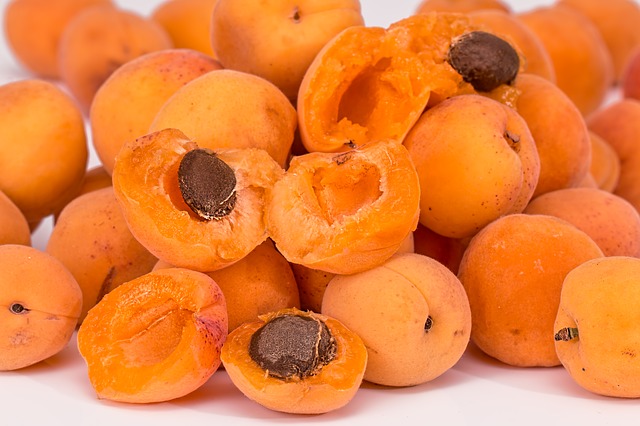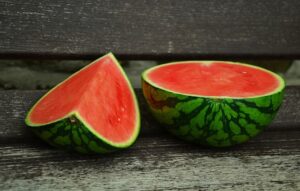Introduction
Carbohydrates are one of the essential macronutrients required by the human body. They serve as a primary source of energy and play vital roles in various biological processes. Understanding the composition of carbohydrates is crucial in comprehending their functions and significance. In this article, we will delve into the monomers that make up carbohydrates, providing a comprehensive overview of their structure and importance.
Monomers of Carbohydrates
Monosaccharides: Monosaccharides are the fundamental building blocks of carbohydrates. They are simple sugars that cannot be further hydrolyzed into smaller carbohydrate units. Monosaccharides consist of carbon, hydrogen, and oxygen atoms, typically in the ratio of 1:2:1. The most common monosaccharides include glucose, fructose, and galactose. Glucose is the primary energy source for cells and is crucial for maintaining normal blood sugar levels. Fructose is commonly found in fruits and is the sweetest naturally occurring sugar. Galactose is less abundant but is an important component of lactose, the sugar present in milk.
Disaccharides: Disaccharides are formed when two monosaccharides join together through a glycosidic bond. This bond is formed by a condensation reaction, where a molecule of water is eliminated. The most well-known disaccharides are sucrose, lactose, and maltose. Sucrose, commonly known as table sugar, is composed of glucose and fructose. Lactose, found in milk, consists of glucose and galactose. Maltose, a product of starch digestion, is made up of two glucose molecules.
Oligosaccharides: Oligosaccharides are carbohydrates composed of three to ten monosaccharide units linked together by glycosidic bonds. They are commonly found in legumes, beans, and certain vegetables. Oligosaccharides serve as prebiotics, promoting the growth of beneficial gut bacteria. Examples of oligosaccharides include raffinose and stachyose.
Polysaccharides: Polysaccharides are complex carbohydrates composed of long chains of monosaccharide units. Unlike monosaccharides, disaccharides, and oligosaccharides, polysaccharides are not sweet-tasting. They are classified into two main types: storage polysaccharides and structural polysaccharides.
– Storage Polysaccharides: Storage polysaccharides serve as a reserve of energy in plants and animals. In plants, the primary storage polysaccharide is starch, which is composed of glucose units. Starch is found in various plant-based foods, such as grains, potatoes, and legumes. In animals, the main storage polysaccharide is glycogen, which is also composed of glucose units. Glycogen is stored in the liver and muscles and serves as a readily available source of energy.
– Structural Polysaccharides: Structural polysaccharides provide support and rigidity to cells and tissues. The most abundant structural polysaccharide in nature is cellulose. Cellulose forms the cell walls of plants and is composed of glucose units linked together in a way that humans cannot digest. Chitin is another important structural polysaccharide, found in the exoskeletons of arthropods and the cell walls of fungi. Chitin is composed of modified glucose units.
Conclusion
Carbohydrates are composed of various monomers, including monosaccharides, disaccharides, oligosaccharides, and polysaccharides. Monosaccharides are the simplest units, while disaccharides are formed by the condensation of two monosaccharides. Oligosaccharides consist of three to ten monosaccharide units, and polysaccharides are complex carbohydrates composed of long chains of monosaccharides. Understanding the monomers of carbohydrates is essential in comprehending their functions and roles in the human body.
References
– Britannica: https://www.britannica.com/science/carbohydrate
– National Center for Biotechnology Information: https://www.ncbi.nlm.nih.gov/books/NBK22436/
– Khan Academy: https://www.khanacademy.org/science/biology/macromolecules/carbohydrates-and-sugars/a/monosaccharides-disaccharides-and-polysaccharides












